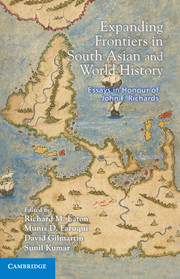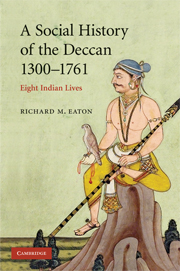Notwithstanding the considerable body of scholarship on South Asian history that has appeared over the past several decades, we still live with the image of a monolithic and alien Islam colliding with an equally monolithic Hinduism, construed as indigenous, and from the eleventh century on, politically suppressed. Such a cardboard-cutout caricature survives in much of India's tabloid media, as well as in textbooks informed by a revivalist, aggressively political strand of Hinduism, or “Hindutva.” Though useful for stoking primordial identities or mobilizing support for political agendas, this caricature thrives on a pervasive ignorance of South Asia's past. Removing such ignorance is precisely the endeavor to which academic institutions, and scholarship more generally, are properly committed.

